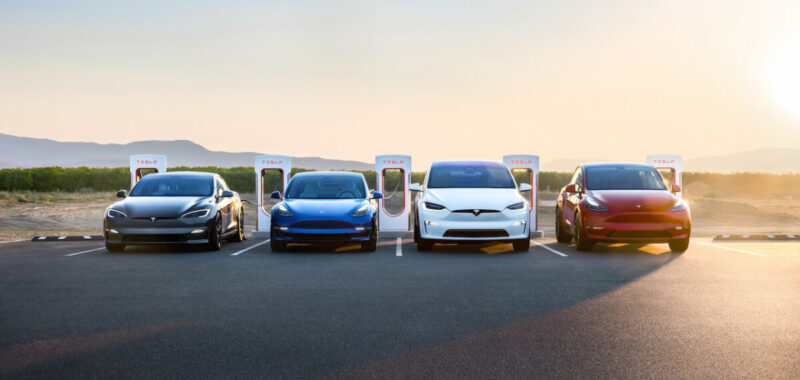At the start of the 2020s, some analysts were confident that electric vehicles (EVs) represented a practical business choice for mobility service providers transitioning from internal combustion engines (ICE). The International Council on Clean Transportation predicted EVs would be “the most economically attractive technology for ride-hailing” by the middle of the decade. An August 2022 article by sustainable innovation research firm Cleantech Group reached a similar conclusion for both ride-hailing and car subscription services.
Buoyed by market optimism, Hertz placed orders for 100,000 EVs from Tesla in late 2021 and 65,000 EVs from Polestar in early 2022. However, while this was envisaged as a substantial move in electrifying 25% of its fleet by 2025, the car rental company’s enthusiasm quickly began to wane. By January 2024, it had decided to offload more than 20,000 of the EVs it had received in favour of increased ICE stock.
Hertz cited asset value depreciation and the higher cost of EV components, maintenance, and damage repair as its rationale. With significant headwinds now dominating the global market’s reception of e-mobility, do EVs still make economic sense for shared mobility?

